Create music from anything
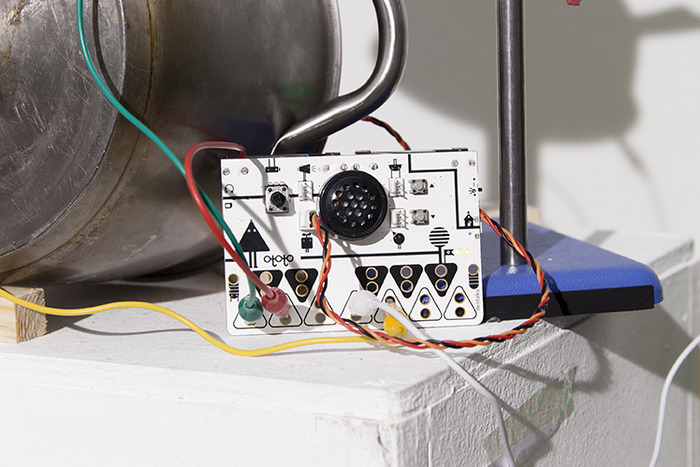
Ototo is a device that allows you to make any object a musical instrument.
It has everything you need to create an "interactive" sound. In fact, it is a synthesizer that contains 12 inputs for connecting various items, including sensory ones.
')
How it works
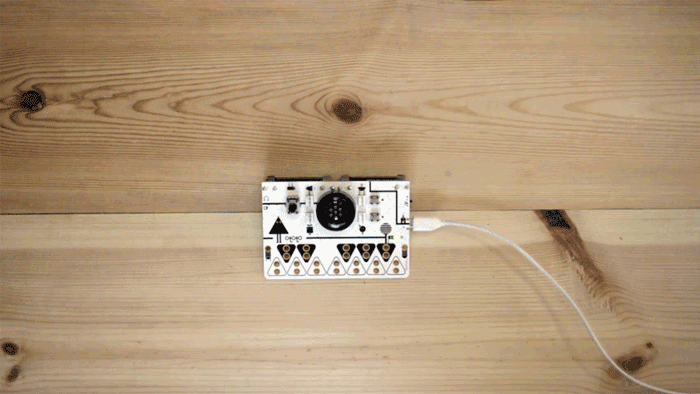
With the help of wires, you can connect to Ototo any objects that are around you, and turn them into a real musical instrument that will react to touch. On Ototo is, as mentioned above, 12 inputs, each of which corresponds to the piano keys, namely one octave.
Sensors to change the sound

In addition to 12 inputs - analog keys, there are 4 inputs for sensors that control different sound characteristics: one for height and volume, and two for tone control. You can connect a light sensor to control the pitch or create a sound that reacts to breathing!
Creating unusual sounds
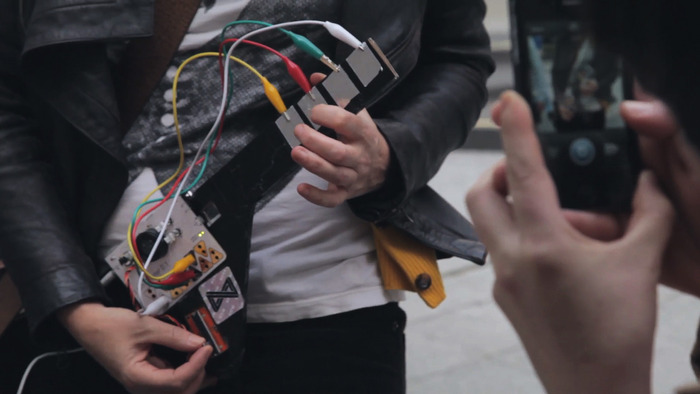
Combining different sensors and using different inputs allows you to control all the characteristics of the sound: volume, pitch and timbre. And this in turn opens up a huge world, where the creation of various melodies is limited only by your imagination.
Built-in synthesizer
Ototo has two modes for generating sound: a synthesizer and a sampler. The sampler reproduces short sounds, for example, the sounds of drums, from flash memory with the ability to change the pitch of the samples. Synthesizer presets are stored on Ototo. Over time, regular software updates will occur, which will contain many new features for creating interesting sound.
MIDI controller
Once connected via USB, Ototo can act as a MIDI controller. This allows you to use the tools and synthesizer on your computer using the touch keys that are connected as sensors. This means that you can expand the range of sounds using the tools from the applications Ableton Live, Apple Garageband and many others.
What can you do with Ototo?
There are many ways to use Ototo: you can experiment by connecting various sensors and create complex tools and installations. Over the past few months, seminars have been held - and here are some things that have been created during this time:
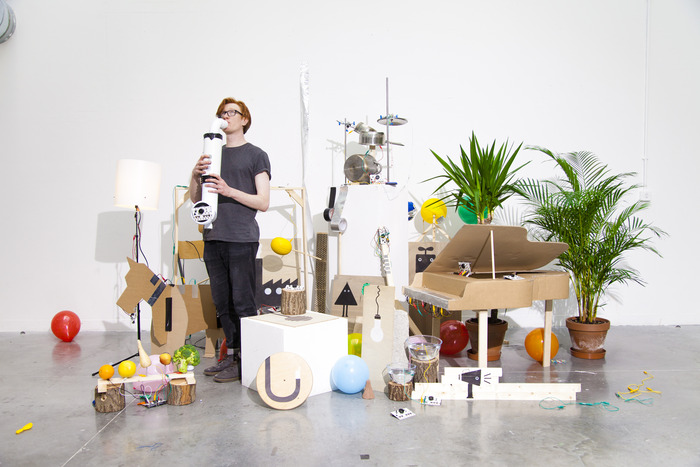
Special features

- 12 inputs (1 octave) for connecting items;
- 4 sensor inputs, 5V analog input;
- Speaker and 3.5 mm headphone out;
- Powered by 2 AA batteries or micro USB;
- No need for coding;
- 128 Mbps flash memory.
Sensors
Ototo comes with 7 different sensors that are great for creating new music. Sensors are connected via wire.
Rotation Sensor
This is a potentiometer used to change the volume and other sound parameters.

Light sensor
This is a resistor that changes the sound according to the amount of light.

Slider Sensor
This is another potentiometer that changes the characteristic of the sound depending on the position of the slider. Great for making trombone.

Touch strip
This is a thin touch strip that changes sound when you swipe your finger over it. Good for controlling pitch.

Force sensor
This sensor changes the sound depending on how hard you click on it. Can be used to create wind instruments.

Breath sensor
The more you blow in this sensor, the more the sound changes. With it you can create a saxophone.

Joystick sensor
This sensor is similar to the analog stick on the gamepad.

Principle of operation
Ototo uses a technology called Capacitive Sensing. The device measures the capacity of objects attached to it, and when you touch an object, Ototo can sense the additional capacity added by the human body, and then reproduce the sound. This is a simplified diagram of the operation of the capacitive screens of smartphones and touchpads.
Ototo works with any conductive material, such as aluminum foil, water, plant, fruit and vegetables, conductive fabrics, wires, conductive paints and inks, metal objects and much more.
Open source
Ototo is built on open source software. This allows you to give the user complete control over the system and create new variations of sounds, as well as create unusual and at the same time amazing musical instruments.
Why Ototo was created
People working in the creation of electronic music, always want to create new ways to interact with sound. The Ototo project team wanted to create something that could allow experimentation while creating musical instruments and sounds. And she was able to achieve this.
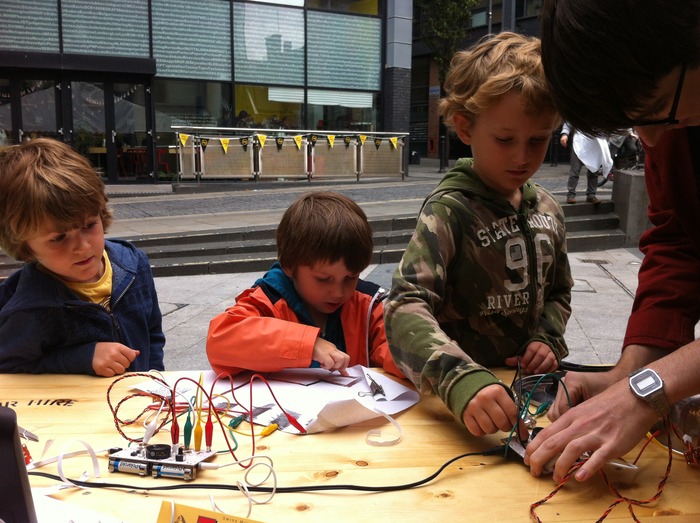
At what stage is the project now?
The project together with Near Now was launched in early 2013. The first prototypes were created in September 2013 and were demonstrated at the Liverpool Fair . As a result, 40 prototypes were produced, and together with Near Now a series of seminars on the creation of unusual musical instruments was launched.
Since then, Ototot has been honed at universities, such as ECAL and London College of Communication, and public workshops, such as ELMO works. Now, Ototo is ready to showcase a wider audience and start large sales.

Translation and article prepared by the Telebreeze Team
Our Facebook and Twitter page
Source: https://habr.com/ru/post/222935/
All Articles